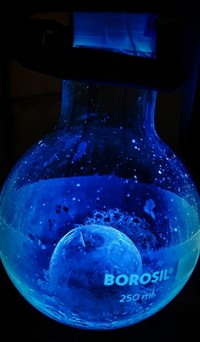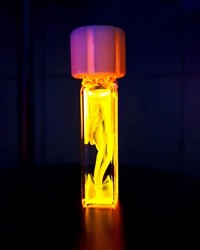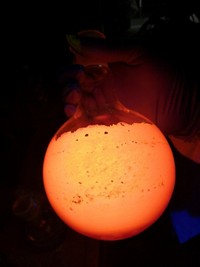Advertisement
Grab your lab coat. Let's get started
Welcome!
Welcome!
Create an account below to get 6 C&EN articles per month, receive newsletters and more - all free.
It seems this is your first time logging in online. Please enter the following information to continue.
As an ACS member you automatically get access to this site. All we need is few more details to create your reading experience.
Not you? Sign in with a different account.
Not you? Sign in with a different account.
ERROR 1
ERROR 1
ERROR 2
ERROR 2
ERROR 2
ERROR 2
ERROR 2
Password and Confirm password must match.
If you have an ACS member number, please enter it here so we can link this account to your membership. (optional)
ERROR 2
ACS values your privacy. By submitting your information, you are gaining access to C&EN and subscribing to our weekly newsletter. We use the information you provide to make your reading experience better, and we will never sell your data to third party members.
Chemical Sensing
Chemistry In Pictures
Chemistry in Pictures: Turning blue
by Alexandra Taylor
January 17, 2020

Ania Sergeenko crystallized this colorful sample of potassium ferricyanide during her time as a PhD candidate at Simon Fraser University. Her lab, led by Daniel Leznoff, often used it as a starting material to make the pigment Prussian blue. “In the Leznoff research lab, we prepared coordination polymers with similar composition and crystal structures to Prussian Blue … which could have applications in molecular storage, magnetism, or chemical sensing,” Sergeenko explains. Today, Sergeenko develops chemical sensors as a postdoc with the University of Alberta and Applied Quantum Materials. But instead of Prussian blue analogues, she now works with silicon quantum dots.
Submitted by Ania Sergeenko
Do science. Take pictures. Win money. Enter our photo contest here.
Related C&EN Content:





Join the conversation
Contact the reporter
Submit a Letter to the Editor for publication
Engage with us on Twitter